The spring herring spawn is unfolding in Kitasu Bay, known by the traditional name Gitdisdzu Lugyeks, and everyone has come out to feast.
Today the water is glassy, making it easy to spot humpback whales and their exhalations of breath, which send plumes of mist high into the air. Whiskery sea lions call out their chortling barks as they float on their backs, a look of gluttonous contentedness on their faces. The sleek black bodies of surf scoters form a massive raft known as a scooter of scoters, tens of thousands strong.
Kitasu Bay sits within the traditional territory of the Kitasoo Xai’xais First Nation and is located on the Central Coast of British Columbia. Last summer the nation declared it a protected area under their own laws, closing it to commercial harvest by non-Indigenous fishers. Their declaration invited the provincial and federal governments to work with them to develop a co-governance model, but added, “we seek no permission.”
Doug Neasloss, Kitasoo Xai’xais chief councillor and stewardship director, points to a map on his office wall, tracing the wide swaths of their traditional territory where herring would spawn, staining the water a pale milky colour. Then the champagne-coloured roe, each the size of a sesame seed, would appear, thickly coating every surface to signal the end of winter’s long, lean times.
Now it only happens here, he says, tapping Gitdisdzu Lugyeks.
Herring used to spawn up and down the entire B.C. coast, along with salmon, eulachon, abalone and other once-plentiful food sources.
But colonization took away First Nations’ rights to manage their own territories and gave that power to Fisheries and Oceans Canada, or DFO. This federal department oversaw the collapse of the Atlantic cod industry and has seen species similarly dwindle to the point of collapse on the west coast.
To protect their territories and the diminishing resources that have sustained them since time immemorial, First Nations have been using a number of different strategies to re-establish stewardship over their own territory.
One way to do that is by establishing an Indigenous Marine Protected and Conserved Area, or IPCA, like the Kitasoo Xai’xais did with Kitasu Bay, the Haida did with Gwaii Haanas and the Mamalilikulla First Nation did with Gwaxdlala/Nalaxdlala, or Lull Bay/Hoeya Sound.
What are Indigenous Marine Protected and Conserved Areas?
“An IPCA is a modern manifestation of very old traditional governance values and principles in a modern-day context,” says Eli Enns, president and chair of the Canadian committee for IUCN, which works to protect biodiversity in Canada, and co-founder of the IISAAK OLAM Foundation, an educational Indigenous non-profit that shares knowledge and builds capacity for IPCAs.
In 2017, the "We Rise Together" report defined IPCAs as “lands and waters where Indigenous governments have the primary role in protecting and conserving ecosystems through Indigenous laws, governance and knowledge systems.” This report was written by the Indigenous Circle of Experts, which brought Indigenous, provincial, territorial and federal members together to recommend how IPCAs could be used to help Canada hit its conservation goals.
While this can take different shapes, the report says all IPCAs should “be Indigenous-led; represent a long-term commitment to conservation; and elevate Indigenous rights and responsibilities.”
This makes it difficult to estimate how many IPCAs exist in B.C. or Canada. Experts The Tyee spoke with noted a nation may not call their conservation initiatives an IPCA or be interested in sharing their work with the larger world. They also might not feel the need to define their traditional governance in this modern way.
IPCAs can be declared or determined by any Indigenous government, which includes First Nations, Métis and Inuit governments, and cannot be created by a provincial or federal government, Enns says. “We are not looking for a legal definition from [Canada]. Indigenous law is a standalone legal order.”
IPCAs and areas protected under Canadian law can have similar goals, such as preserving a habitat or helping protect a specific species, but generally disagree on who holds title over the area. IPCAs recognize the lands and waters are Indigenous, while Canadian protection says Canada owns the land.
An IPCA is also designed from the ground up by and for a community. It can be monitored and managed by people from the Indigenous community it’s built around and features Indigenous laws, which have been developed over thousands of years of stewardship and management in that area.
Canadian protected areas are often managed by DFO, which uses top-down management by setting fishing quotas and opening and closing fisheries. DFO has a wider scope because it manages three coastlines — Pacific, Arctic and Atlantic — and has more resources than a single nation. Canadian protected areas may be better recognized by various industries, but the DFO often only patrols its protected areas a handful of times a year, according to leaders from the Kitasoo Xai’xais and Wuikinuxv Nations.
At the time Enns was helping put together the Indigenous Circle of Experts, federal, provincial and territorial governments had decided to protect 17 per cent of Canada’s land and inland waters by 2020 (the country has since increased this goal to 25 per cent protected by 2025 and 30 per cent protected by 2030). These governments wanted to know how IPCAs could contribute to their conservation goals.
“The first thing we said to them was, ‘you could hit that 17 per cent goal overnight if you had better relations with Indigenous governments in Canada,’” Enns says.
According to the Assembly of First Nations, Canada has only protected 14 per cent of its oceans as of this spring. The AFN released a report in January 2023 that lays out how the federal government could better support First Nations as they establish IPCAs.
Legally, IPCAs are complex. While they are rooted in Indigenous law, they also are recognized by a secondary legal system, Canadian law, which is how they interact with other jurisdictions including federal, provincial, territorial, regional and municipal laws, Enns says.
At their core, IPCAs are rooted in responsibilities to unborn children and grandchildren to come, rather than an individual's right to do something, Enns says.
They’re also based in natural law, which is “our blood, our history, our connection to the land,” he says. “It’s who we are as people who have existed prior to Canadian law, prior to contact and since time immemorial.”
Enns is from the Tla-o-qui-aht Nation on his father’s side, and of Dutch Mennonite heritage on his mother’s side.
As an example of natural law, he points to who the Tla-o-qui-aht people have always been.
Then there’s incorporated law, or Canadian law, which, continuing with the example of his heritage, identifies the Tla-o-qui-aht Nation as “Indian Band Council 660.”
Another example, he says, is Wanačas Hiłhuuʔis, or Meares Island, part of the Tla-o-qui-aht Tribal Parks which are protected by ƛaʔuukʷiʔatḥ laws, rights and title. When Wanačas Hiłhuuʔis was first created it was founded in natural law first and foremost, Enns says. Next it was recognized in Nuu-chah-nulth laws, which are expressed by totem poles. Finally, it bridged into Canadian law through Section 35 of the Constitution Act of 1982.
Section 35 says “the existing aboriginal and treaty rights of the Aboriginal Peoples of Canada are hereby recognized and affirmed.” Enns says this didn’t create anything new — it just recognized their agency.
Whether or not IPCAs will be respected by Crown governments has yet to be seen, says Georgia Lloyd-Smith, who wrote the chapter on Indigenous law and IPCAs for the West Coast Environmental Law’s Protecting the Coast and Ocean: A Guide to Marine Conservation Law in British Columbia textbook. Lloyd-Smith is a staff lawyer with the firm.
Crown governments are not currently legally required to recognize IPCAs, Lloyd-Smith says, and Canada has a history of not fully recognizing Indigenous authority. Nations will potentially have to turn to the courts to have their authority recognized.
Adding to that, in Canada there are 55 pieces of legislation you can use to protect an area, but no national legislation that recognizes areas Indigenous peoples choose to protect.
Under the Park Act, an area of the province can be designated as a “conservancy” to protect a nations’ social, ceremonial and cultural use. First Nations have also created Tribal Parks, such the Tla-o-qui-aht Tribal Park, and the Haida Nation created Haida Heritage Sites and Haida Marine Protected Areas, which were later recognized and also protected by the province as parks, ecological reserves and conservancies.
How IPCAs work in practice
The most well-known IPCA in B.C. is likely Gwaii Haanas, an archipelago of 138 islands that make up the lower third of Haida Gwaii.
The Haida declared Gwaii Haanas a Haida Heritage Site in 1985. In 1993 they entered into a co-management strategy with Parks Canada and in 2010 made the place a Marine Conservation Area Reserve as well, adding Fisheries and Oceans Canada to the management mix.
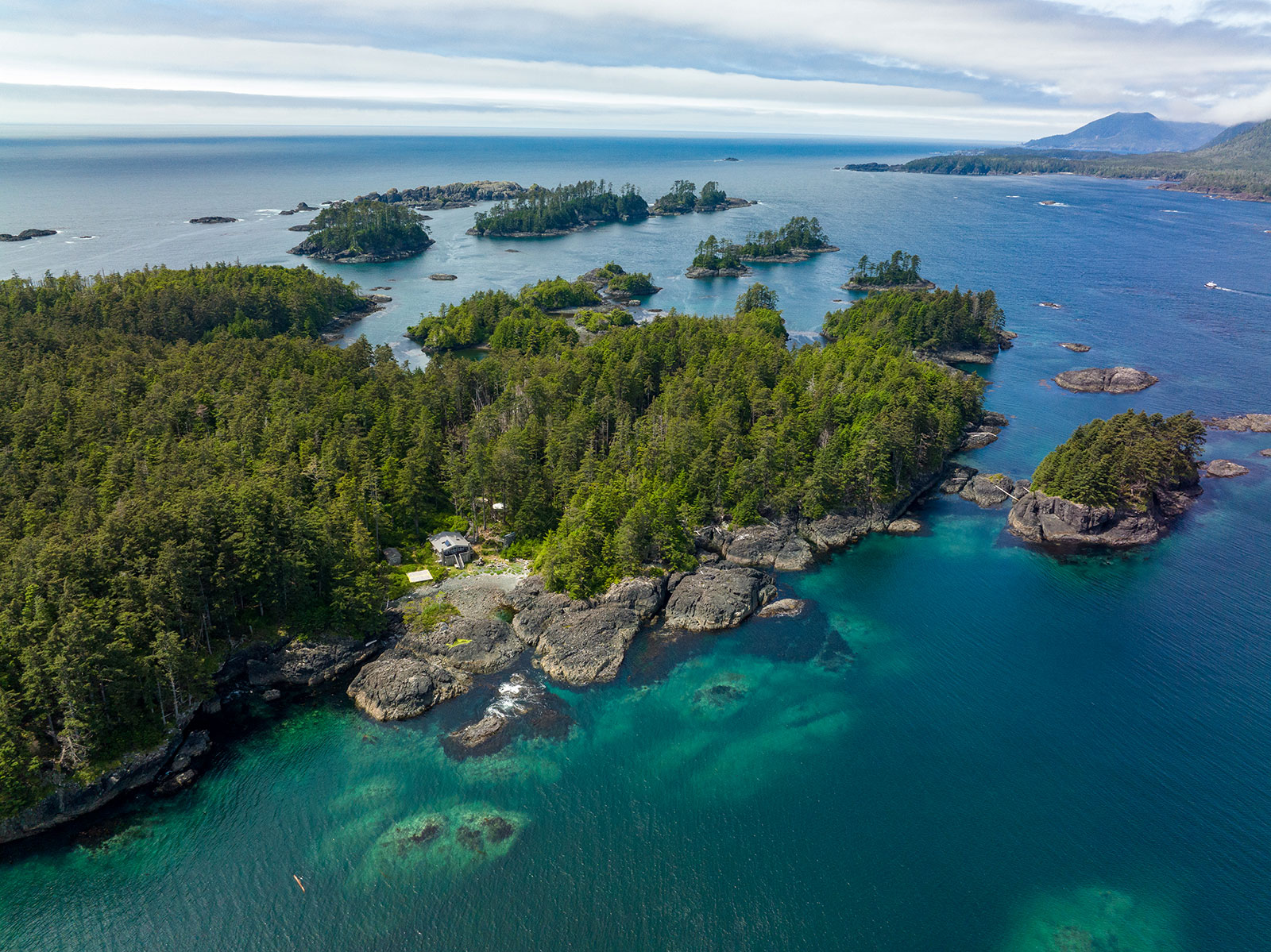
The Haida Nation and federal government disagree on title, but put that difference aside to work together to make decisions about the land-and-sea protected area.
Tribal Parks, Indigenous Cultural Landscapes, Indigenous Protected Areas and Indigenous Conserved Areas are all examples of IPCAs, according to the Indigenous Circle of Experts, the group who wrote the definition of IPCAs mentioned earlier in the article.
An IPCA can then be governed by a First Nation, the Crown or a combination thereof.
Lloyd-Smith says a dual-designation by a First Nation and the Crown could add extra protection that may be better recognized or respected by industry and that a triple-designation between the Indigenous, provincial and federal government would be “the most supportive for long-term stewardship and care of the territories.”
But not all nations want to work with the Crown — or some may face “significant barriers” when trying to do so, Lloyd-Smith says. They may not want or be able to find the “appropriate legal tool within Crown law to complement their IPCA.”
So rather than the be-all strategy, Lloyd-Smith says IPCAs can be best thought of as one tool in a nation’s entire toolbox they can use to help manage their territory.
Some IPCAs are established to uphold the responsibilities of nations to their territories and to care for those territories, she says. Others to reconnect with and re-establish relationships with parts of their territory they’ve been alienated from or disconnected from over time because of colonization and ongoing colonial laws and policies. Some nations emphasize IPCAs as places of healing, while others are more about controlling specific resource extraction projects or as a way to have their governance and decision-making respected on their territories.
IPCAs are not “exclusive of development,” Enns says. He sees them as an opportunity to guide industry and work towards “solutions for sustainable economic development that have positive biodiversity outcomes.”
As an example, Enns says he successfully blocked a large mining company from doing exploratory mining by rezoning an area to only allow for artisanal mining.
“We didn’t have to rewrite or undo the Mining Act. We didn’t have to uproot the tenure,” he says. “We just neutralized it, rendered it inoperable with a positive vision.”
The benefits of IPCAs for stewardship
There are a lot of reasons Canada should recognize and support Indigenous-led conservation.
To start, Indigenous people have been stewarding their territories for a long time and have thousands of years’ worth of best practices passed down through laws, place names, Oral History and traditions, as the Kitasoo Xai’xais note in their declaration for Kitasu Bay.
Research backs up that they know what they’re doing — places protected and stewarded by Indigenous peoples in Canada, Australia and Brazil have higher levels of biodiversity than lands managed by those country’s colonial governments.
First Nations are very aware of what’s happening in their own territories, says Wuikinuxv Nation chief councillor Danielle Shaw.
They work with biologists who survey the lands and dive underwater to see firsthand what habitats are where and what species use them. A community may also have a Coastal Guardian Watchmen program where locals patrol and monitor their territories.
Communities can map the species and biodiversity declines and understand what needs to be addressed for each region, she says.
For example, if you’re protecting an important eelgrass habitat you might prohibit trawling but allow for tourism, she says. Or if you want to protect Dungeness crab you might review the type of gear being used in an area, check the current regulations around crab harvest and crab surveys from the past decade and decide to change the gear requirements.
“Just because something is protected by conservation doesn’t mean it’s all of a sudden closed off and untouchable,” she says — unless it’s a crisis in which case, it needs to be closed completely. But mostly it’s “monitoring and adjusting as we go,” Shaw says.
Shaw says a nation may decide to implement an IPCA because existing conservation tools don’t address the issues they’re seeing — especially when those tools can’t address issues around culturally sensitive sites, a nation’s food, social and ceremonial access or implementing Indigenous laws.
An IPCA “gives us the opportunity to create something that works specifically for that area and is created by the people who are actually there,” Shaw says.
It’s also a lengthy process — usually with at least five years to a decade of behind-the-scenes work before anything is declared, Shaw says.
“All of our work is completely vetted through a series of engagements with our hereditary leaders, Elders, Knowledge Keepers, with our own fishermen, all of our communities and various stakeholder groups such as commercial and recreational fishing industries, conservancies, tourism and transportation,” she says.
Reporting and travel expenses for this article and series were funded by the Institute for Journalism & Natural Resources and the Gordon and Betty Moore Foundation. The Tyee maintains editorial control. Next in the series The Tyee heads off to Kitasu Bay to dive into why the nation chose to protect the area as an IPCA. Here is that piece. ![]()
Read more: Indigenous, Rights + Justice, Environment




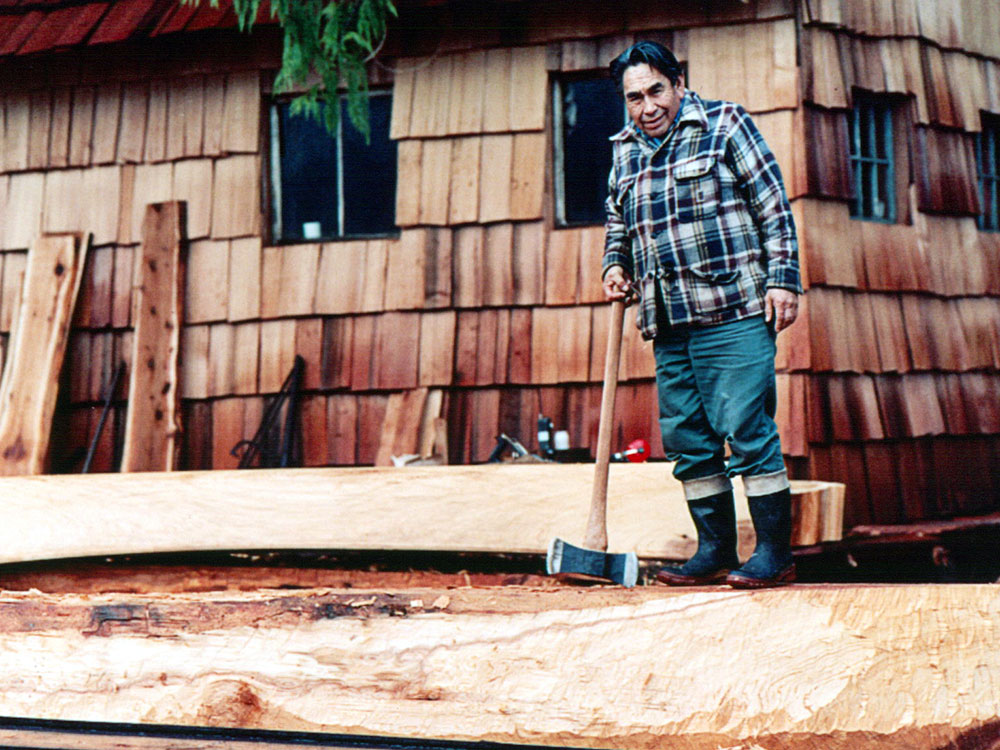
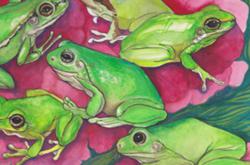

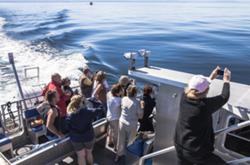
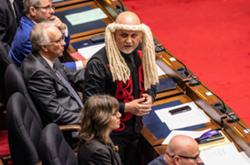
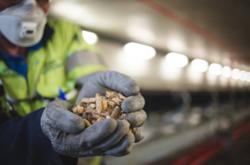
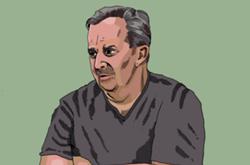
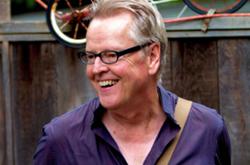

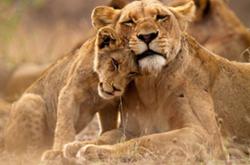



Tyee Commenting Guidelines
Comments that violate guidelines risk being deleted, and violations may result in a temporary or permanent user ban. Maintain the spirit of good conversation to stay in the discussion and be patient with moderators. Comments are reviewed regularly but not in real time.
Do:
Do not: